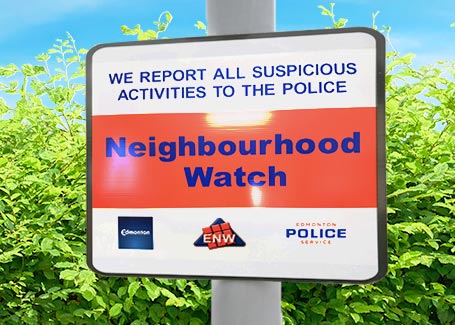It’s March which means it is Fraud Prevention Month. One thing that is certain, it is getting harder to identify what is real and what is a fraud or fake. The Better Business Bureau (BBB) has put out a top-10 list of scams from 2016, revealing Canadians lost more than $90 million to scammers. It’s hard to imagine that amount of loss, but it is because the scammers are good at what they do.
With a computer, some software and a laser printer, scammers can make anything. They can be using an international call centre or a pay-as-you-go phone. Some are charismatic and others can be intimidating, even threatening. Either way, the intent is the same. They want you to believe they are something real when they are not. Here are some things to remember:
Anyone with minimal skill can make a real website for a fake business. Just because it is on the internet doesn’t make it true.
Phone numbers are easy to get. A prepaid cell phone with a local number can be purchased for under $50. Don’t fall for the ploy “call me back at this number”. They will provide you with a phone number which they will answer using whatever name they are currently using. Do your own research, go online and find the official company website or call directory assistance to verify the phone number. And if they don’t want you calling back, it’s likely not a legitimate call.
A fake business is set up easily. They make some business cards, letterhead and official-looking documents which appear to be real.
Scammers use spoofing to fool you into believing you have been contacted by a credible company:
- Spoofing is a fraudulent or malicious practice in which communication is sent from an unknown source disguised as a source known to the receiver.
- Spoofing can happen on calls to your cell phone or a landline. Call display will show a credible number but that’s not who is actually calling. Spoofing can even make your own phone number appear as if you are calling yourself.
- You can get spoofed emails which are particularly dangerous because they can contain viruses and Trojans. Those can cause significant computer damage by triggering unexpected activities, remote access, deletion of files and other issues.
- Scammers prey on a fear of authority. Don’t simply believe the caller.
- They will use agencies like the Canada Revenue Agency to get you off-guard. By that simple verbal identification, scammers have been able to get recipients to give out their full name, address, and social insurance number. That is enough to steal an identity.
- A current scam has a caller identifying himself as “agent” or “officer so-and-so” and he threatens that if you do not call back you will be prosecuted.
- Never give out your credit card number. Scammers will tell you that it’s OK because you didn’t provide the security number on the back. That is not true.
- Shred all documents that have personal information on it: bank statements, utility bills, old driver’s licences, vehicle insurance/registration, expired passports, etc.
- Be aware that scammers use online dating to build relationships quickly and then ask for money. In 2016 the #1 scam ($17 million reported) was fraud through online dating.
Credible online resources for fraud prevention and reporting
- The Edmonton Police Service
- Better Business Bureau Scam Tracker
- Gov’t of Canada – Canada Revenue Agency
- Gov’t of Canada – Competition Bureau
- The Anti-Fraud Centre of Canada
- The RCMP (Royal Canadian Mounted Police)
Until next time…
Debbie Sellers, ENW
Edmonton Neighbourhood Watch (ENW) is a not-for-profit, charitable, volunteer passive crime prevention organization.




Edmonton Neighbourhood Watch On Social Media